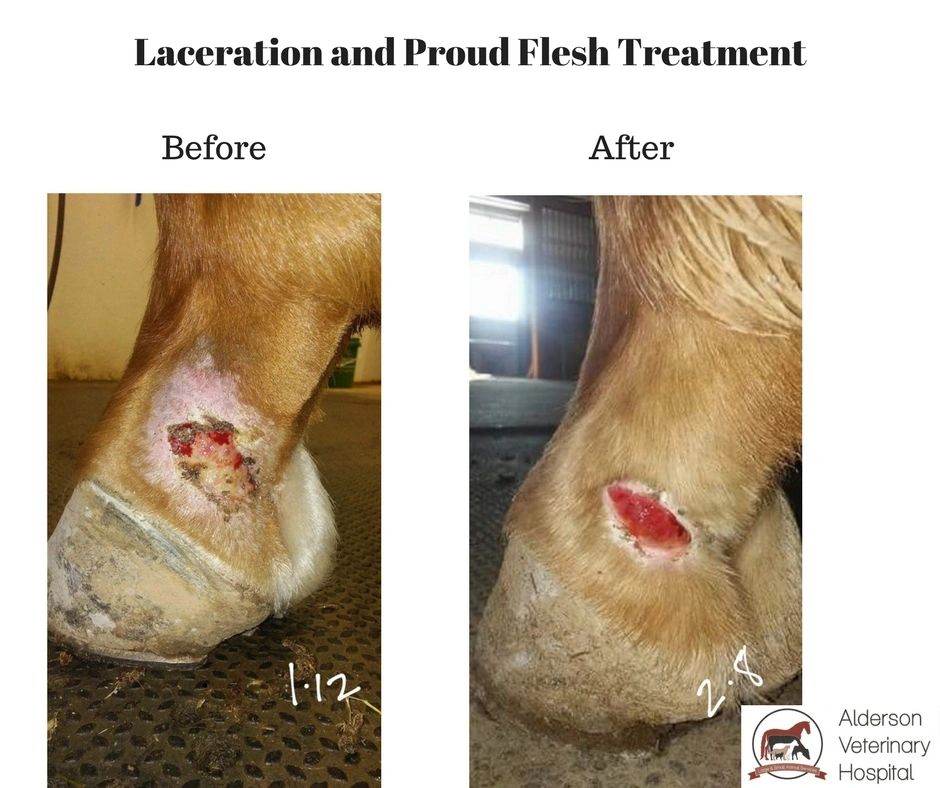Why Equine Therapy is Ending Up Being a Preferred Choice for Emotional Wellness
Why Equine Therapy is Ending Up Being a Preferred Choice for Emotional Wellness
Blog Article
Exactly How Laser Therapy in Horse Therapy Is Transforming Veterinary Take Care Of Steeds
Laser treatment has emerged as a transformative technique in equine veterinary treatment, providing a non-invasive option that speeds up recovery and improves total health and wellness. The transportability and versatility of laser treatment tools additionally underscore their growing necessity amongst veterinarians.
Comprehending Laser Treatment

The technology behind laser therapy is grounded in the principle of photochemistry, where photons are absorbed by chromophores within cells, resulting in enhanced ATP production and modulation of reactive oxygen types (Equine Therapy). This, consequently, advertises mobile expansion, lowers swelling, and increases recovery. Vet experts make use of various sorts of lasers, consisting of low-level lasers (LLLT) and high-power Course IV lasers, relying on the details healing purposes and the nature of the equine problem being dealt with
Different laser wavelengths and power settings are thoroughly chosen to target various tissue midsts and attain wanted scientific results. Security methods are paramount, as incorrect use can cause thermal damage or suboptimal therapeutic results. Hence, a thorough understanding of laser treatment's systems and applications is essential for its effective execution in equine vet method.
Benefits for Equine Wellness
The myriad benefits of laser treatment for equine health and wellness encompass boosted healing, discomfort reduction, and improved flexibility. This sophisticated treatment method leverages details wavelengths of light to permeate cells, stimulating mobile function and advertising rapid cells repair work. The non-invasive nature of laser treatment guarantees marginal tension and discomfort for the horse, promoting a smoother recovery process.
Boosted recovery is one of the leading benefits, as laser treatment accelerates cellular regeneration and collagen synthesis. Pain reduction is accomplished with the anti-inflammatory impacts of laser treatment, which reduces swelling and lowers the manufacturing of pain-inducing chemicals.
By decreasing inflammation and pain, and improving tissue repair work, laser therapy aids in restoring joint feature and muscle flexibility. Thus, laser therapy stands as a transformative device in modern-day horse veterinary care.
Common Problems Dealt With
Laser therapy has arised as a flexible treatment alternative for a selection of typical equine problems. Amongst these, bone and joint injuries are especially open to laser therapy. Equine Therapy. Soft cells injuries, such as tendonitis and tendon strains, benefit from the anti-inflammatory and analgesic results of laser therapies, which speed up healing and reduce discomfort. In addition, laser therapy works for conditions like osteo arthritis, where it assists alleviate joint swelling and promote tissue fixing.
Wound management is an additional area where laser therapy has actually shown considerable promise. Chronic injuries or slow-healing abscess can be especially tough in horses, however laser treatment enhances cellular regrowth and improves blood circulation, hence speeding up the recovery procedure. Moreover, laser therapies have been effectively utilized in taking care of hoof conditions such as laminitis and abscesses, alleviating pain and advertising much faster recovery.

Modern Technology Behind Laser Treatment
Past the myriad problems treatable with laser therapy, the technology itself advantages better exam. At the heart of laser treatment is using details wavelengths of light to pass through cells and evoke organic actions. These wavelengths, usually ranging from 600 to 1000 nanometers, are precisely taken in by chromophores in the skin, muscle mass, and other tissues, prompting a waterfall of mobile go right here events.
Laser gadgets used in veterinary medicine often make use of low-level laser therapy (LLLT) or chilly laser therapy. Unlike high-powered medical lasers, these gadgets operate at reduced energy degrees, enhancing therapeutic advantages while lessening thermal damage. The power from the laser light promotes adenosine triphosphate (ATP) manufacturing, improves cellular metabolic rate, and speeds up tissue fixing procedures.

Success Stories and Case Research Studies

Showcasing the concrete benefits of laser therapy, many success tales and instance researches brighten its transformative effect on equine wellness. One such instance entails a pedigreed racehorse suffering from chronic tendonitis. Traditional treatments generated very little enhancement, however after integrating laser therapy into the regimen, the horse exhibited significant decreases in swelling and discomfort within Find Out More weeks, eventually going back to competitive racing.
One more compelling instance includes a dressage steed identified with serious pain in the back, limiting its efficiency. A vet team employed low-level laser treatment (LLLT) to target the inflamed locations, resulting in marked improvement in adaptability and a remarkable reduction in pain. Over numerous sessions, the steed reclaimed its peak type, showcasing the efficacy of laser treatment in attending to musculoskeletal issues.
In addition, a research study conducted at a leading equine facility taken a look at 50 horses with numerous soft tissue injuries treated with laser therapy. The outcomes were striking: 85% of the steeds demonstrated increased healing times and boosted mobility. These instances underscore the convenience and efficiency of laser therapy in equine medicine, offering a non-invasive, scientifically-backed technique to enhancing healing and performance in equines.
Conclusion
Laser treatment is revolutionizing equine vet care by supplying a non-invasive therapy that speeds up recovery, decreases swelling, and reduces discomfort. With its efficiency in dealing with a variety of problems, from bone and joint injuries to chronic disorders like osteoarthritis, this innovation significantly improves equine wellness and movement. The transportability and adaptability of laser therapy better underscore its transformative effect on vet practices, solidifying its function as an important tool in modern-day equine medical care.
Report this page